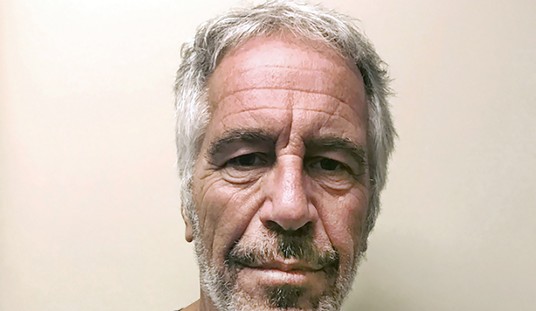Well-intentioned regulations still frequently produce negative consequences, and no recent regulation has demonstrated this better than the Obama-era “fiduciary rule” from the Department of Labor (DOL). Despite years of attempts to invalidate the rule, its effects are already being felt. This is the inherent problem with government intrusion in the economy: the market will always work in ways that bureaucrats cannot accurately predict. Now the Trump administration, with the support of the federal court system, has an opportunity to bring an end to the fiduciary rule.
The fiduciary rule created a strict “best interest” standard that investment advisors must follow when acting on their client's behalf. The regulation lacked clarity and was susceptible to ambiguous interpretation, making it difficult to comply with. As a result, millions of investors are experiencing higher costs and reduced access to investment advice.
Both bodies of Congress voted to disavow the rule in 2016, and a memorandum issued by President Trump at the beginning of his term directed DOL to reexamine the rule. Despite this, it was still partially implemented in June of last year and is set to be fully implemented in 2019. And after years of lawsuits, the judiciary has finally weighed in and exercised their check on the executive. Deciding that the rule is “unreasonable,” the Fifth Circuit Court of Appeals held that the Obama administration abused its power in writing the fiduciary rule. The court specifically wrote “the DOL interpretation (of the Employee Retirement Income Security Act), in sum, attempts to rewrite the law that is the sole source of its authority. This it cannot do.”
The significance of this ruling is not just placing a check on the executive and reining in regulatory overreach, but also presenting an opportunity to right the wrongs from this poorly-implemented rule.
Those bearing the brunt of DOL’s unintended effects are low and middle-income retirement savers. Estimates show 7 million Individual Retirement Accounts (IRA) were vulnerable to being priced out of the market and IRA openings reduced by 300,000 to 400,000 per year, according to the Chamber of Commerce. Remaining accounts could be susceptible to annual fee increases of over $800 per account. Over the next decade these changes could have cost investors over $100 billion in lost savings.
Recommended
With such devastating consequences, it is no surprise the fiduciary rule was the most expensive regulation of 2016 and the second-most expensive non-environmental rule since 2005, according to American Action Forum. By DOL’s own conservative estimates, compliance with the rule could cost $31.5 billion, along with nearly 60,000 hours of paperwork. This is incredibly burdensome for any size institution, but smaller and independent financial advisory firms will be hit hardest, as they do not have the same compliance resources as their larger competitors.
It is more important than ever that Washington craft policies that encourage retirement savings. With many Americans struggling to make ends meet, saving for retirement is becoming an afterthought instead of a priority. The vast majority of Americans have less than $1,000 saved and half of all Americans have nothing put away for retirement. This sobering reality is a ticking time-bomb that will have massive repercussions, particularly on taxpayer-funded services and already-strained retirement programs.
The Fifth Circuit Court’s holding has passed the ball back to the Trump administration, as they now have the opportunity to decide whether they want to litigate the issue and pick up where the Obama administration left off with the fiduciary rule or set the rule aside and continue advancing their own pro-growth agenda.
Opting to scrap the rule and instead move forward with a legislative solution like Rep. Wagner’s Protecting Access for Small Savers (PASS) Act will complement the administration’s agenda of promoting economic growth by curbing regulatory overreach. Freeing businesses from the bounds of red tape and billions in compliance costs will benefit all parties; investment advisors can finally get back to the business of boosting their clients’ portfolios and help them save for a well-deserved and dignified retirement.
It is abundantly clear that the fiduciary rule was harmful to those it was intended to protect. The administration should follow the guidance of the court and use this opportunity to move power away from the unelected Washington bureaucrats at DOL and give it back to America’s investors.

























Join the conversation as a VIP Member